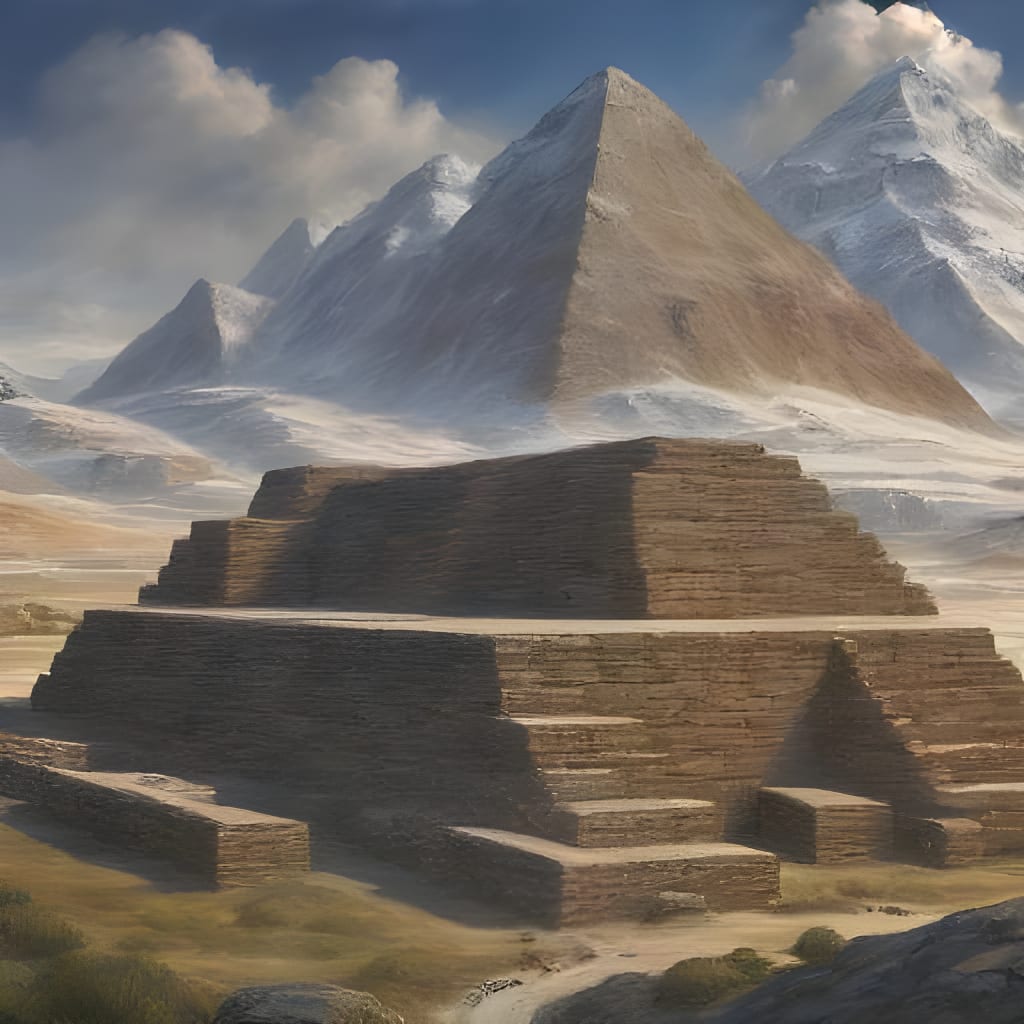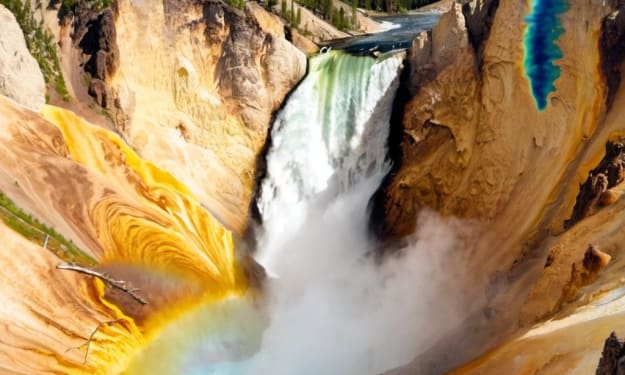
On the bottom of our planet lies the frigid land of Antarctica, the coldest and most inhospitable continent in the world, stretching over 5 million square miles. Antarctica is covered in ice sheets that breach more than a mile deep; the average daily temperature is negative 49 degrees Fahrenheit, and wind speeds can reach over 100 miles per hour. Today, the only inhabitants of this barren landscape are scientists who work in research stations scattered across the continent.
Mainstream geologists have long believed that ancient humans never settled on Antarctica because of its hostile climate. However, in 2016, satellite images revealed a curious formation emerging from the ice that some researchers believe could be a man-made pyramid. Recently, there have been reports of huge pyramids in Antarctica, resembling those in Egypt but on a much larger scale. These pyramids jut out of the ice and snow and look perfect, sparking questions about whether our ancestors reached Antarctica and possibly settled there.
If such an incredible notion is true, it begs questions about how such a massive structure was built in Antarctica, when it was done, and by whom. Antarctica has been under ice for many millions of years, according to geologists, but there is evidence suggesting it could have been ice-free in certain areas until around 4000 BC. Stories from Polynesia describe a strange land with white rocks, icebergs, seals, and penguins, resembling what we now know as Antarctica. The Polynesian people believed this was the place of their ancestors, raising the possibility that Antarctica was once warm enough to be inhabited by humans.
In 2017, German geologists collected core samples from deep within the frozen Antarctic seafloor to analyze the continent's climate thousands of years ago. They discovered plant taxa similar to those in a rainforest in Northern Italy, indicating a much warmer climate in Antarctica's past. This discovery challenges our understanding of Antarctica's history and its potential as a previously habitable region.
Moving to Egypt, the Giza necropolis stands as one of the most famous ruins globally, attracting thousands of tourists daily. The Great Sphinx, a monumental statue, remains an object of fascination and mystery. Scholars debate its origins, with some suggesting it predates known human history. Napoleon's expedition to Egypt in 1798 sparked widespread interest in ancient Egyptian sites, leading to the eventual unearthing of the buried Sphinx in the 1920s.
Archaeologists believe the Sphinx was sculpted around 2500 BC, but debates persist about its age and purpose. The inventory stela, detailing repairs by Pharaoh Khufu, suggests the Sphinx's antiquity could extend beyond conventional timelines. Modern studies of its erosion patterns hint at an age dating back to the end of the last ice age, around 10,000 BC, challenging established timelines.
In Cincinnati, Ohio, Greg and Dana Newkirk's home contains a collection of cursed objects from around the world, believed to inflict harm on those who encounter them. The Newkirks inadvertently became collectors of these objects due to their interest in the paranormal. Objects like a deadly ring and an unsettling wooden effigy known as the Crone highlight humanity's fascination with the mysterious and the supernatural.
The Newkirks' collection raises questions about the nature of curses, belief systems, and human curiosity. Despite the risks associated with cursed objects, people are drawn to them, finding them both frightening and captivating.
In the lower Jordan River Valley, the site of Tall el-Hammam holds archaeological significance as a potential location for the biblical city of Sodom. Scholars analyze geographical data, ancient texts, and geological evidence to understand the destruction of Sodom, often viewed as a metaphorical tale of divine retribution. The possibility of a meteor impact aligns with biblical descriptions of fire and brimstone, shedding light on ancient events through modern scientific perspectives.
Shifting to Pompeii, Italy, the eruption of Mount Vesuvius in 79 A.D. preserved the ancient city in ash, providing a rare glimpse into Roman life. The Villa of the Papyri, discovered beneath volcanic debris, contained a library with over 1800 papyrus scrolls, offering insights into ancient philosophies and literature. Advances in technology, such as virtual unwrapping, allow researchers to access and study these texts without physically unrolling them, unlocking the secrets of a bygone era.
The potential discovery of early Christian texts among the scrolls raises profound questions about the spread of Christianity and its historical roots. These technological innovations bridge ancient history with modern inquiry, enriching our understanding of civilizations long past.
In conclusion, mysteries abound across the globe, from Antarctica's enigmatic pyramids to Pompeii's preserved scrolls. Through archaeological discoveries, scientific advancements, and the exploration of paranormal phenomena, we continue to unravel the secrets of our past, challenging preconceived notions and expanding our knowledge of human history and culture.





Comments
There are no comments for this story
Be the first to respond and start the conversation.